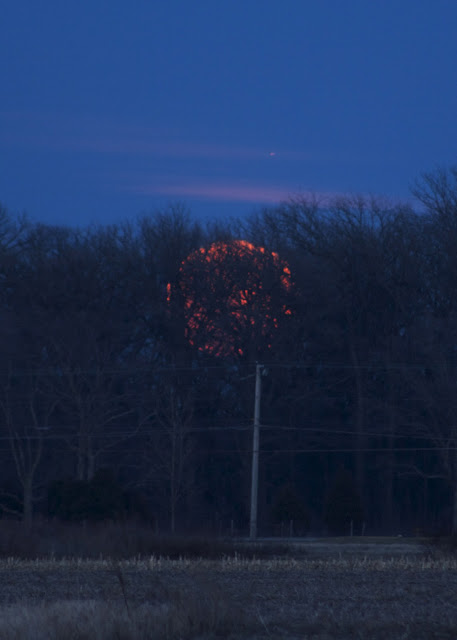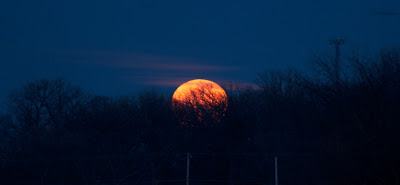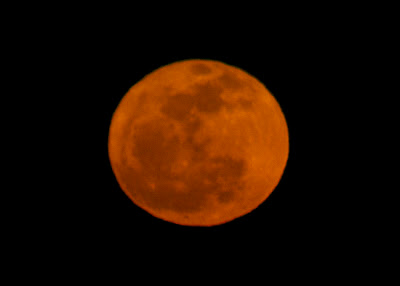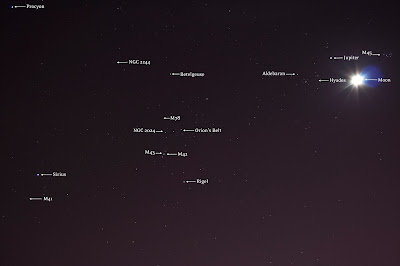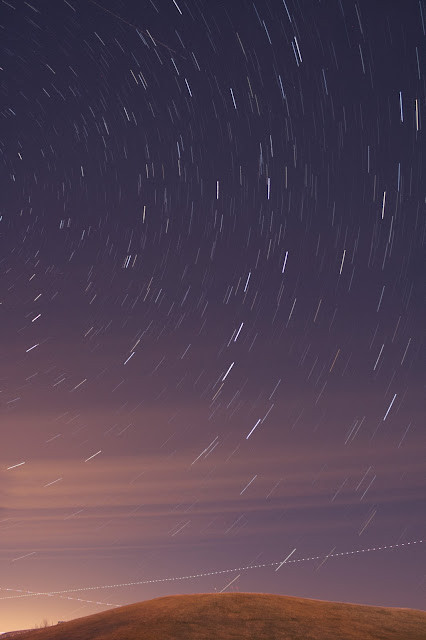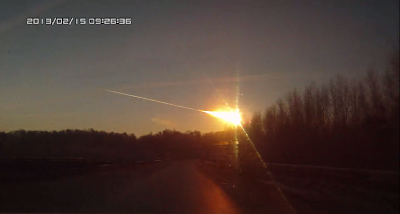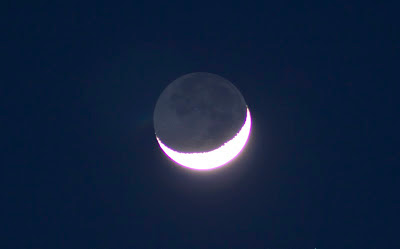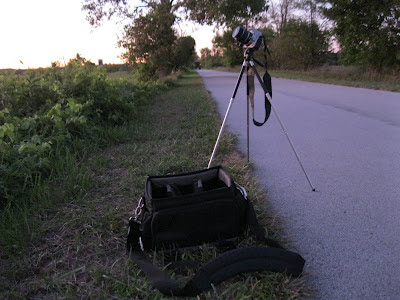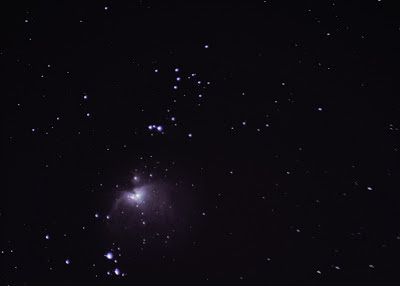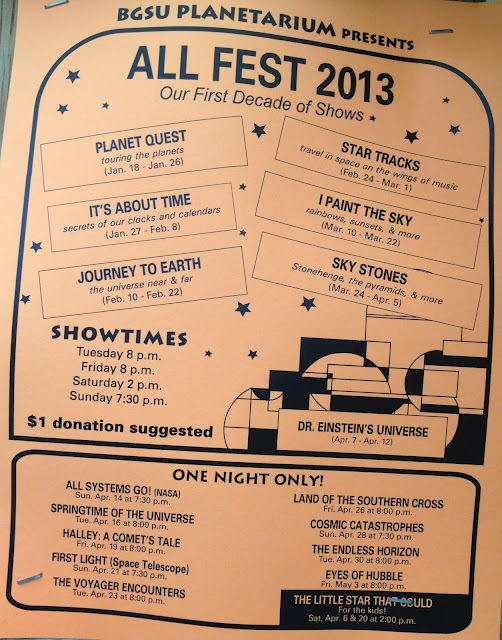 |
| Click to enlarge |
The Bowling Green State University planetarium program for Spring 2013 includes a handful of one-night engagements and a full program of throw-backs to the 80's. The planetarium is a little retro in a cool way, definitely never crowded but never completely empty. Some of these shows are older than the college students who attend!
Show descriptions from the
BGSU Planetarium Teachers Guide:
PLANET QUEST (Grades 5 and up): The appearance of the planets in our sky, how the ancient Greeks thought all planets revolved around the earth, and an imaginary journey to each planet using space art and photography. (public show, 1986) (43 minutes, 358 slides, BG).
IT’S ABOUT TIME (Grades 5 and up): The tale of astronomy's greatest effect on
our everyday lives: keeping time. Our clocks and calendars record all the
cycles of the sk
y, such as the rising and setting of the sun and stars, the phases
of the moon, the passage of the seasons, and more. The program shows all of
these celestial cycles and tells the story of how many early cultures based their
calendars on them, thereby cre
ating hours, days, weeks, months, years, and all
the other ways we keep time today. Suitable for use with history or geography
as well as astronomy or general science units. (public show, 1987) (47 minutes,
488 slides, BG).
JOURNEY
TO
EARTH
(Grades 5 and up): A unique journey from the Milky Way
to the universe at large and back to the earth to discover the place of the earth
and humans in the universe. The hierarchy of structure (planets, stars, gala
xies,
clusters of galaxies) and vast distance scales of the universe are built up, and the
creation in other stars of the elements comprising humans is revealed. One of
our best programs. (public show, 1988) (38 minutes, 345 slides, BG).
STAR TRACKS (Grades 3 and up): A guided tour of the winter sky and a just
-
for
-
fun "space journey" combining space music and motions of the starfield.
(public show, 1985)
(48 minutes, 28 slides, BG).
I PAINT THE SKY
(Grades 3 and up): A guide to the beautiful colors in the sky:
blue daytimes, red sunsets, vibrant rainbows, shimmering auroras, icy halos, and
more. (public show, 1989) (34 minutes, 476 slides, BG).
SKY STONES (Grades 4 and up): An interpretive trip to Stonehenge, the
pyramids of Egypt, the temples
of the Maya, and several native American sites,
all part of the legacy of ancient skywatchers who recorded the movement of the
sun, moon, planets, and stars in their great stone monuments. (public show,
1991) (45 minutes, 462 slides, BG).
THE UNIVERSE OF DR. EINSTEIN
(Grades 5 and up): A biography of Albert
Einstein and a conversational approach to explain his revolutionary concepts of
the Universe. (public show, 1986) (41 minutes, 258 slides).






